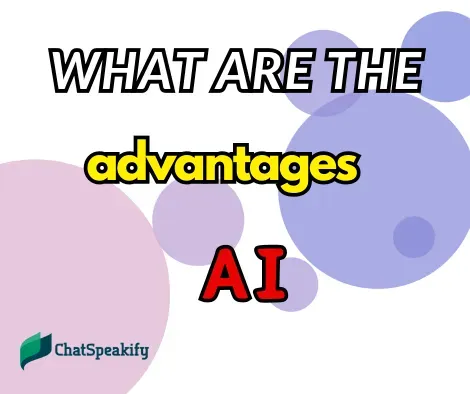Imagine standing in a busy marketplace in a foreign country, desperately trying to ask for directions in a language you barely understand. Every mispronunciation is met with puzzled looks, and every grammatical misstep leads to confusion. Now, imagine doing the same thing with an AI-powered assistant in your pocket, whispering corrections and advice in real time. This scenario encapsulates the transformative potential of AI in language learning today.
Enhanced Feedback With AI-Powered Platforms
One of the most significant benefits of AI in English learning is its ability to provide immediate, accurate feedback. AI-powered platforms can instantly analyze a learner’s speech, pronunciation, and grammar. This feature not only saves time but also ensures that corrections are made on the spot, embedded in the context of the language being learned. For instance, platforms such as Duolingo and Babbel use AI to analyze a learner’s spoken language and identify errors in pronunciation and grammar. This real-time correction allows learners to adapt quickly, minimizing the risk of fossilizing mistakes.
Personalization: Tailoring Learning Experiences
Traditional classroom environments often take a one-size-fits-all approach that may not accommodate individual learning paces and styles. In contrast, AI-based systems can customize the learning experience to suit each individual learner’s unique needs, strengths, and weaknesses. For example, if a learner struggles with verb conjugation, the AI can recognize this difficulty and provide targeted exercises to improve understanding in that specific area. Platforms like Rosetta Stone use adaptive algorithms to adjust the level of difficulty and content based on user performance, ensuring a more efficient and personalized learning journey.
Real-Time Feedback: Immediate Corrections and Adjustments
AI-powered speech recognition and analysis have the remarkable ability to provide immediate feedback on pronunciation, fluency, and grammar. This instant feedback loop is critical for language acquisition because it allows learners to make necessary adjustments on the fly. For example, tools like Google’s Speech-to-Text can help learners practice their speaking skills and offer suggestions to improve their pronunciation and fluency. This instant feedback not only builds confidence but also accelerates the learning process by encouraging continuous practice and immediate refinement.
Data-Driven Insights: Tracking Progress Accurately
AI systems can collect and analyze vast amounts of data about a learner’s performance. This analysis can reveal insightful patterns that might otherwise go unnoticed. For example, AI can identify which times of day a learner performs best or which topics are consistently challenging. Teachers can use these insights to refine lesson plans and strategies, providing a more personalized learning path. Moreover, learners themselves can better understand their progress and areas that need more attention, making their learning sessions more efficient and effective.
Accessibility and Convenience: Learning Anytime, Anywhere
With AI-powered language tools, learners are no longer limited to specific times and places to learn. Applications are available on a variety of devices, allowing users to practice English whenever and wherever they choose. This flexibility is especially beneficial for busy individuals who may only have short periods of time throughout the day to devote to language learning. In addition, AI tools often come with offline capabilities, making it possible to study without an internet connection. This increased accessibility democratizes language learning, making it available to a wider audience.
Cultural Nuances and Contextual Learning
Understanding a language goes beyond mastering its grammar and vocabulary; it involves understanding cultural nuances and contexts. AI can enhance contextual learning by presenting learners with culturally relevant scenarios. For example, through machine learning, AI can simulate conversations that include slang, idiomatic expressions, and cultural references, giving learners a more immersive and practical experience. This feature helps bridge the gap between theoretical learning and real-world application, which is essential for achieving language proficiency.
Conclusion
AI has revolutionized the way we learn English, offering significant benefits such as enhanced feedback mechanisms, personalized learning experiences, real-time corrections, detailed progress tracking, and unprecedented accessibility. These innovations are making language learning more efficient, effective, and enjoyable. As AI continues to evolve, its role in language learning will undoubtedly expand, paving the way for even more advanced and personalized learning experiences. So, embrace this technological advancement and embark on a journey to master English equipped with the best tools modern technology has to offer.
References
Duolingo
Babbel
Rosetta Stone
Google Speech-to-Text
